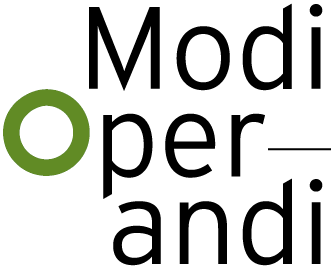INTRODUCTION
Jesse Verdoes
Formerly, grand graveyards surrounded the central shrine, far exceeding the need of the population of the city itself as pilgrims preferred to get buried close to the grave of Imam Reza.[1] Death was integrated into people’s daily lives and children were playing in the cemeteries. However, as the city modernized and the population grew rapidly, the city expanded on top of the territory of the dead. Instead of the many smaller graveyards within the city, one big one outside of the city was built to efficiently deal with burials. As an effect, the city is literally and figuratively taking distance from the dead. This not only seems to be the case for Mashhad, but a general tendency throughout modern society. Especially in Western countries, people fear death and, if possible, even avoid to acknowledge its existence. Therefore, and not coincidentally during the COVID-19 pandemic, this essay elaborates on the essential notion of death in the contemporary field of architecture and urban design.
The topic has been explored in three chapters. The first deals with the recently changed perspective on death. This is broadly discussed in the sociological field, for instance by Ariès, who states the following regarding this shift: ‘A revolution so brutal that social observers have not failed to be struck by it. It is really an absolutely unheard-of phenomenon’.[2] As death is an inherent characteristic of human life, an anthropomorphic lens is used in the second chapter to link the notion of death to the city. In other words: the current border conditions of the contemporary city are conceptualized using the human body as a metaphor. The third chapter deals with expressions of death in architecture by discussing two projects that treat the theme differently: Superstudio’s Continuous Monument, and Arakawa and Gins’ Reversible Destiny Lofts.
